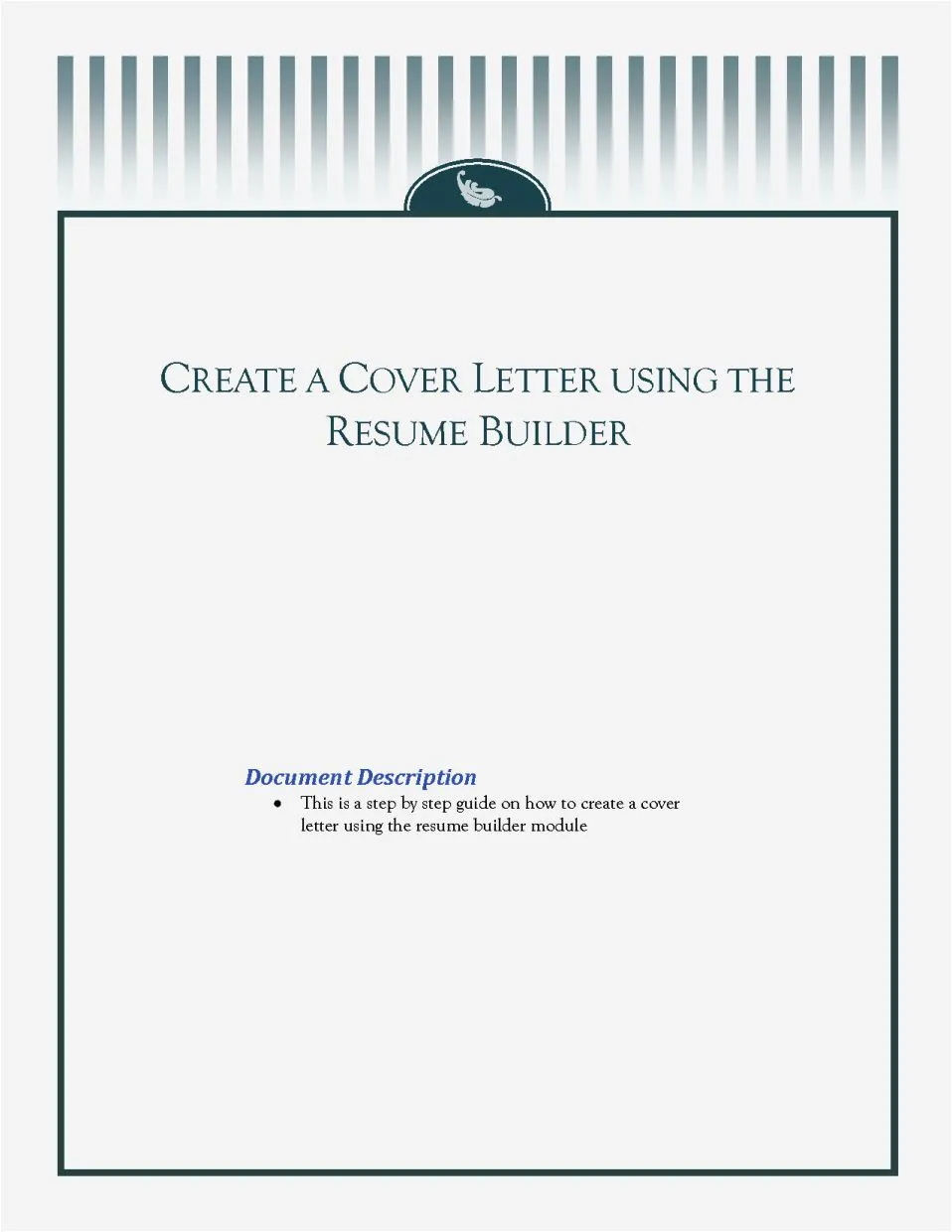Understanding the Importance of Resume and Cover Letter
In the competitive world of job hunting, a well-crafted resume and cover letter are your essential tools for making a positive first impression. These documents are your initial introductions to potential employers, providing the crucial opportunity to showcase your skills, experiences, and qualifications. A strong resume not only summarizes your professional history but also highlights your achievements and demonstrates your suitability for the specific role you’re applying for. The cover letter complements your resume, allowing you to personalize your application, express your enthusiasm, and articulate why you are the perfect fit for the company and the position. Both documents work together to create a comprehensive picture of your professional self, making them indispensable in the job search process. A well-crafted resume and cover letter can significantly increase your chances of landing an interview.
Why Resume and Cover Letter Are Crucial
Resumes and cover letters serve as your professional storytellers, communicating your value proposition to potential employers. They are often the first points of contact, setting the tone for your candidacy. A compelling resume immediately captures the reader’s attention, highlighting your key skills and experiences that align with the job requirements. A cover letter, on the other hand, enables you to personalize your application, demonstrate your understanding of the company, and express your genuine interest in the role. Both documents provide an opportunity to showcase your writing and communication skills, critical components of nearly every professional position. They also offer a chance to demonstrate your attention to detail. Failing to create these documents may lead to your application being overlooked.
Resume vs. Cover Letter Key Differences
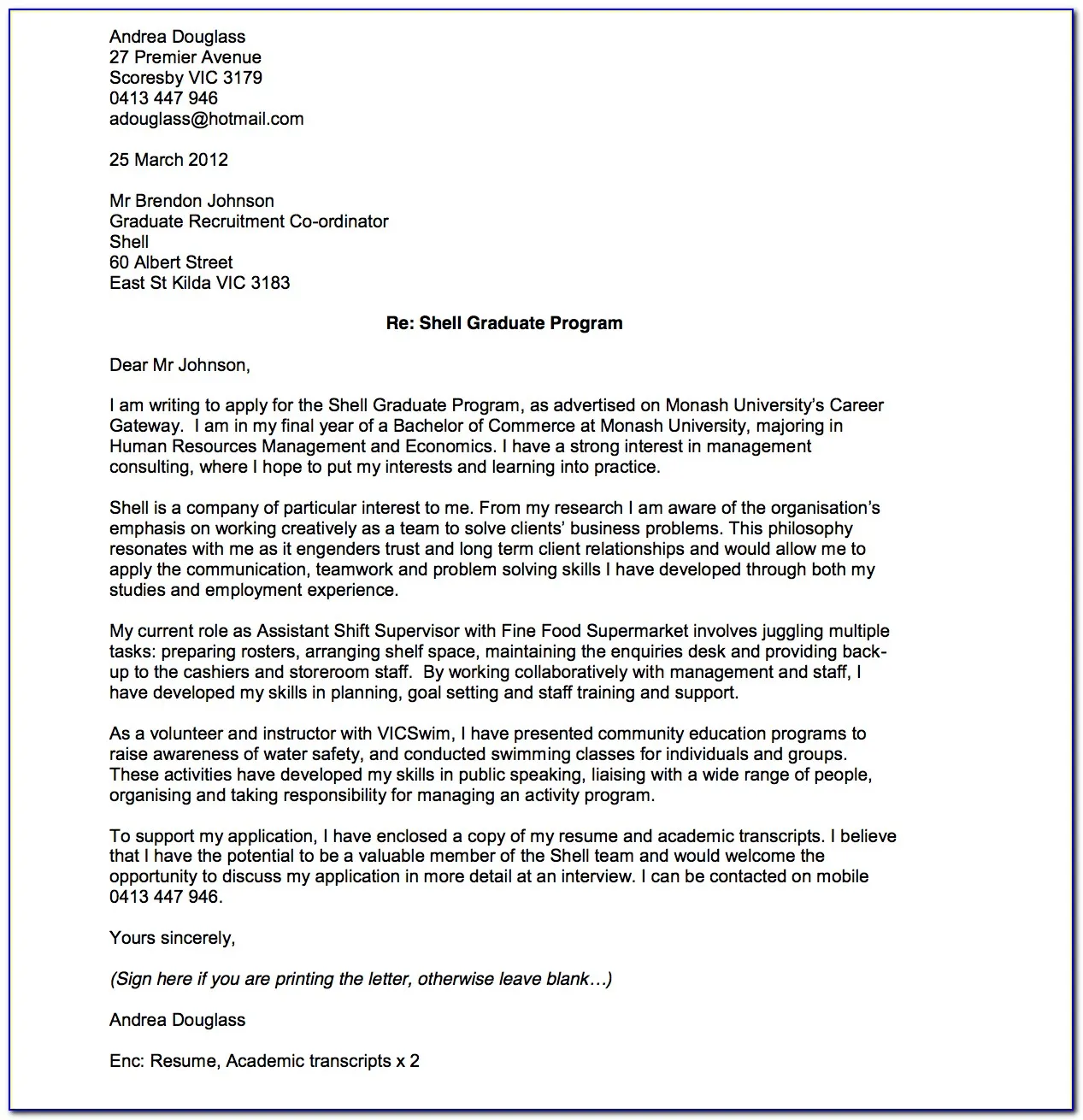
While the resume and cover letter work together, they serve distinct purposes. A resume provides a concise, factual summary of your professional history, education, skills, and achievements. It’s a snapshot of your career, presented in a structured and easily digestible format. The cover letter, conversely, is a more personalized document. It allows you to elaborate on your qualifications, explain why you’re interested in the specific role and company, and demonstrate how your skills and experiences align with their needs. The resume tells what you have done, while the cover letter explains why you are the best fit. The resume is typically more standardized, while the cover letter allows for more creativity and personalization. It’s important to tailor both, but the approach differs significantly.
Resume Essentials Building a Strong Foundation
Building a strong resume requires attention to detail and a clear understanding of what employers seek. Begin by including your contact information at the top: your name, phone number, email address, and optionally, your LinkedIn profile URL. A well-written resume should then highlight your relevant work experience, education, and skills. Tailor your resume to each job application by emphasizing the skills and experiences most relevant to the role. Use action verbs to describe your accomplishments, quantifying your achievements whenever possible. For example, instead of saying “Managed social media accounts,” you could write “Increased social media engagement by 30% in six months.” Focus on achievements and results, rather than simply listing job duties. This approach makes your resume more compelling and demonstrates your value to potential employers. A strong foundation ensures you effectively showcase your qualifications.
Formatting Your Resume for Success
The format of your resume significantly impacts its readability and effectiveness. A clean, professional layout is crucial. Choose a font that is easy to read, such as Arial, Calibri, or Times New Roman, and maintain a consistent font size throughout the document. Use clear headings and subheadings to organize your information logically. Whitespace is your friend; don’t overcrowd the page. Aim for a one-page resume, especially if you have less than ten years of experience. If you have extensive experience, a two-page resume may be acceptable, but ensure the information is highly relevant and well-organized. Bullet points are excellent for highlighting accomplishments and responsibilities under each job entry. Use bolding sparingly to emphasize key information, and ensure your resume is free of grammatical errors and typos. A well-formatted resume is easier for recruiters to read and allows your skills to stand out.
Choosing the Right Resume Format
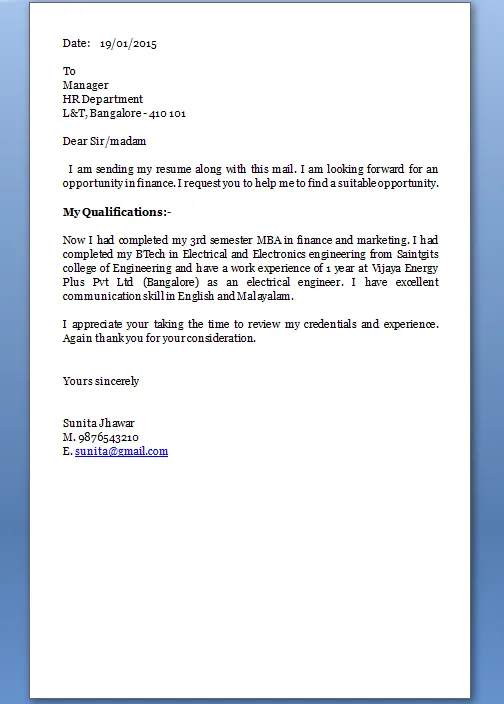
There are several resume formats to choose from, each with its strengths. The chronological format is the most common, listing your work experience in reverse-chronological order, with the most recent job first. This format is ideal if your career progression is linear and you have a consistent employment history. The functional format focuses on your skills and abilities rather than your work history. This format is useful if you have gaps in your employment or are changing careers. The combination format blends elements of both chronological and functional formats, highlighting your skills and also providing a chronological work history. This format is versatile and can be tailored to a variety of job applications. Consider your career stage, industry, and the specific requirements of the job when choosing the best format for your resume. Choose the one that best presents your qualifications.
Creating a Professional Header and Contact Information
Your resume header, which includes your name and contact information, is the first thing a recruiter or hiring manager will see. It’s essential to get this right. Start with your full name prominently displayed at the top of the page. Below your name, include your phone number, email address, and optionally, your LinkedIn profile URL. Ensure your email address is professional; avoid using nicknames or informal addresses. Double-check that your phone number is current and that your voicemail greeting is professional. If you have a professional online portfolio or website, you can also include its URL. Keep the header clean and uncluttered, using a slightly larger font size than the rest of the document to make it stand out. The header is your personal brand, and it should be easy for recruiters to find and contact you. This small detail sets the tone for the rest of your application.
Crafting a Compelling Resume Summary or Objective
A resume summary or objective statement is a brief introduction that appears at the top of your resume, immediately following your contact information. A summary is a concise overview of your skills, experience, and career goals. It’s ideal for candidates with several years of experience. It should highlight your key achievements and what you can bring to the role. An objective statement, on the other hand, is typically used by entry-level candidates or those changing careers. It focuses on your career aspirations and what you hope to achieve in the new role. Both should be tailored to the specific job you are applying for. Keep it brief, usually no more than three or four sentences. Use keywords from the job description to align your summary or objective with the employer’s needs. A well-crafted summary or objective statement can capture the reader’s attention and encourage them to read the rest of your resume.
Highlighting Your Work Experience
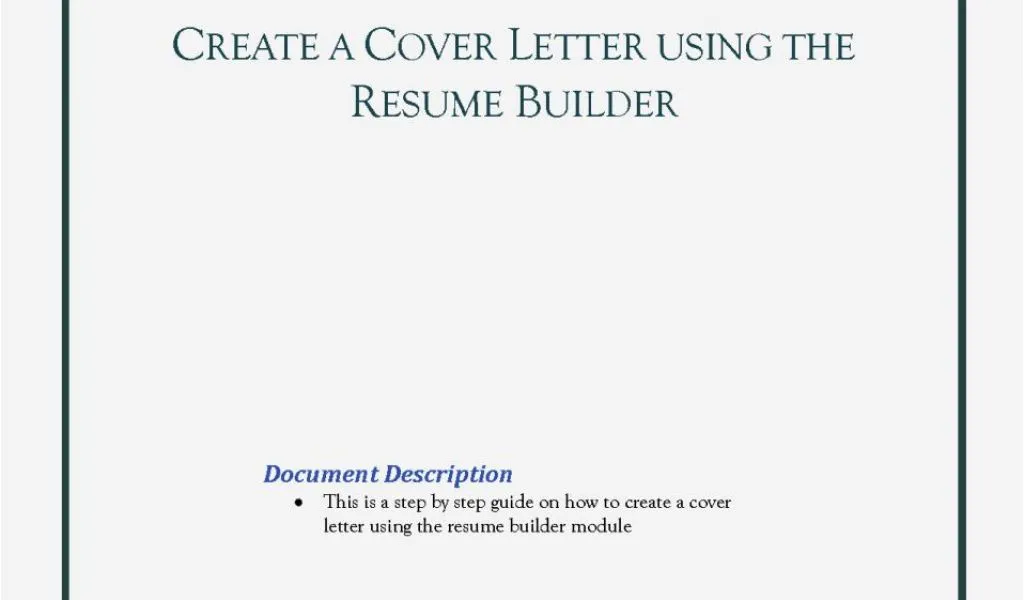
Your work experience section is the heart of your resume. It provides evidence of your skills and accomplishments. For each job, include the job title, company name, location, and dates of employment. Under each job, use bullet points to describe your responsibilities and achievements. Focus on what you accomplished rather than just listing your daily tasks. Use action verbs to start each bullet point, and quantify your achievements whenever possible. For example, instead of writing “Managed customer inquiries,” write “Resolved over 100 customer inquiries per day, resulting in a 95% satisfaction rate.” Tailor your descriptions to the specific job you are applying for. Highlight the experiences and skills that are most relevant to the role. The goal is to showcase your value and demonstrate that you have the skills to succeed in the new position. This section is most important in deciding the hiring managers to select you.
Describing Your Responsibilities and Achievements
When describing your responsibilities and achievements in your work experience section, it’s crucial to go beyond simply listing what you did. Instead, focus on the results you achieved and the impact you made. Start each bullet point with a strong action verb, such as “Managed,” “Developed,” “Implemented,” or “Increased.” Then, provide specific details about your accomplishments, using the STAR method (Situation, Task, Action, Result) to structure your descriptions. For instance, instead of writing, “Managed social media accounts,” you could write, “Developed and implemented a social media strategy (Situation) that increased brand awareness (Task). Created engaging content and managed daily posting (Action) which led to a 25% increase in follower engagement and a 15% increase in website traffic (Result).” This approach demonstrates your value and provides concrete evidence of your abilities. It highlights your contributions and makes your resume more compelling.
Quantifying Your Accomplishments with Numbers
Quantifying your accomplishments is one of the most effective ways to make your resume stand out. Whenever possible, use numbers and data to demonstrate the impact of your work. This provides concrete evidence of your achievements and makes your claims more credible. For example, instead of writing “Improved customer service,” write “Improved customer service satisfaction scores by 20% within six months.” Use percentages, dollar amounts, and other metrics to quantify your accomplishments. Examples include the number of projects completed, the amount of money saved or generated, the size of the team you managed, or the number of clients you served. These metrics provide a clear and concise picture of your value, making your resume more persuasive. This approach is not just a suggestion; it’s a must to convince hiring managers and recruiters that you made a difference.
Listing Your Education and Skills
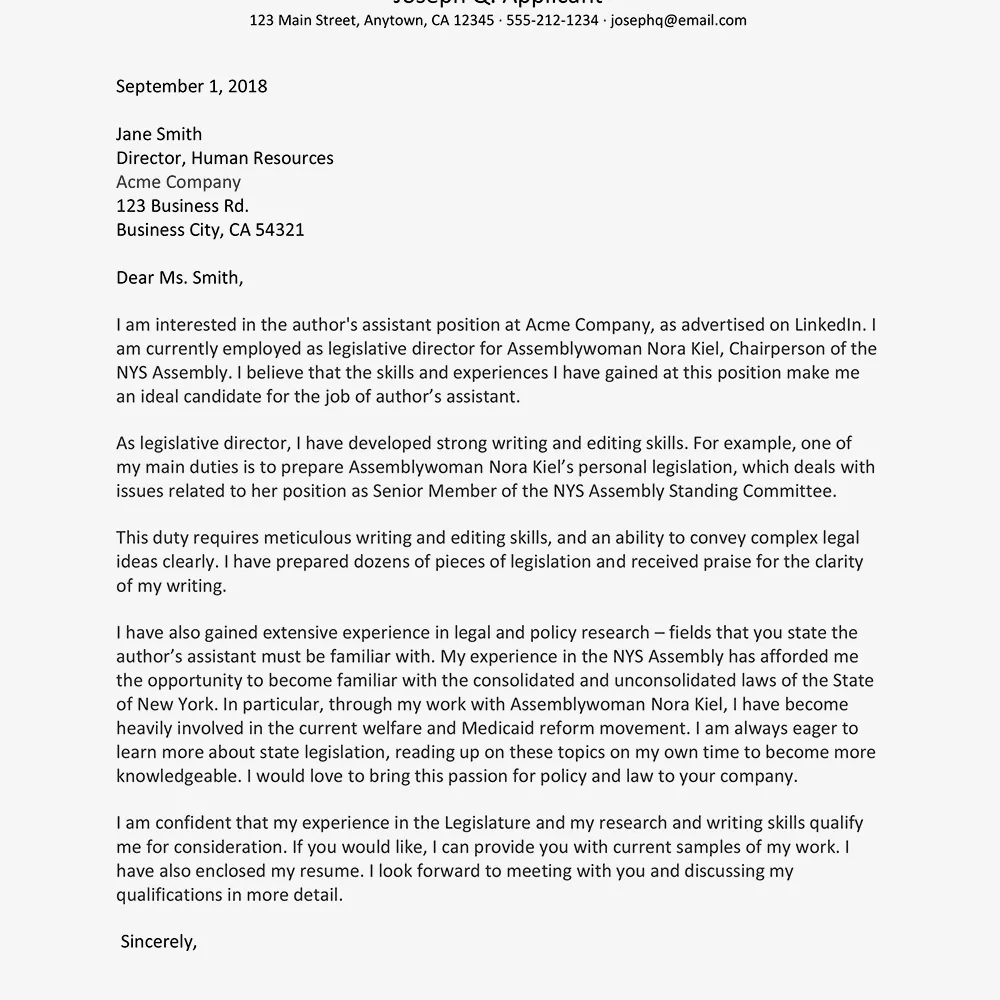
In the education section of your resume, list your degrees, certifications, and relevant coursework. Include the name of the institution, the degree earned, and the dates of attendance or graduation. If you have a recent degree or limited work experience, you can include your GPA (if it’s strong) and relevant academic achievements. In the skills section, list both hard skills and soft skills. Hard skills are technical abilities and knowledge specific to your field, such as programming languages, software proficiency, or data analysis. Soft skills are transferable skills that are relevant across industries, such as communication, problem-solving, teamwork, and leadership. Tailor your skills section to match the requirements of the job. Review the job description and include the keywords and skills mentioned by the employer. Categorize your skills to make them easy to read and understand.
Including Relevant Skills and Certifications
Including relevant skills and certifications is crucial for showcasing your qualifications and demonstrating your expertise. Skills can be divided into hard skills and soft skills. Hard skills are technical abilities specific to your field, like proficiency in software, programming languages, or analytical tools. Soft skills are transferable abilities that apply across various roles, such as communication, leadership, and problem-solving. Certifications validate your expertise and show a commitment to professional development. Include certifications that are directly relevant to the job you’re applying for, as they often boost your resume. Always mention the certification name, the issuing organization, and the date of certification. If you are a recent graduate, list any relevant coursework or projects. This section helps the recruiters quickly assess your suitability for the position. Tailor this information to each job application, making sure to reflect the keywords and requirements outlined in the job description.
Cover Letter Mastery Making a Great First Impression
A cover letter is your opportunity to make a great first impression and distinguish yourself from other candidates. It’s a personalized introduction that complements your resume, allowing you to explain why you’re the best fit for the job and the company. This is where you demonstrate your writing and communication skills, and show your enthusiasm for the role. A well-written cover letter can capture the hiring manager’s attention, providing additional context to your resume and showcasing your personality. It gives you the chance to address specific requirements of the job, highlighting skills and experiences that align with the employer’s needs. A good cover letter demonstrates your understanding of the company’s mission and values. To be effective, the cover letter should be well-structured, clear, and error-free. It’s your chance to go beyond the basics, and this is your chance to sell yourself and impress the employer.
Understanding the Purpose of a Cover Letter
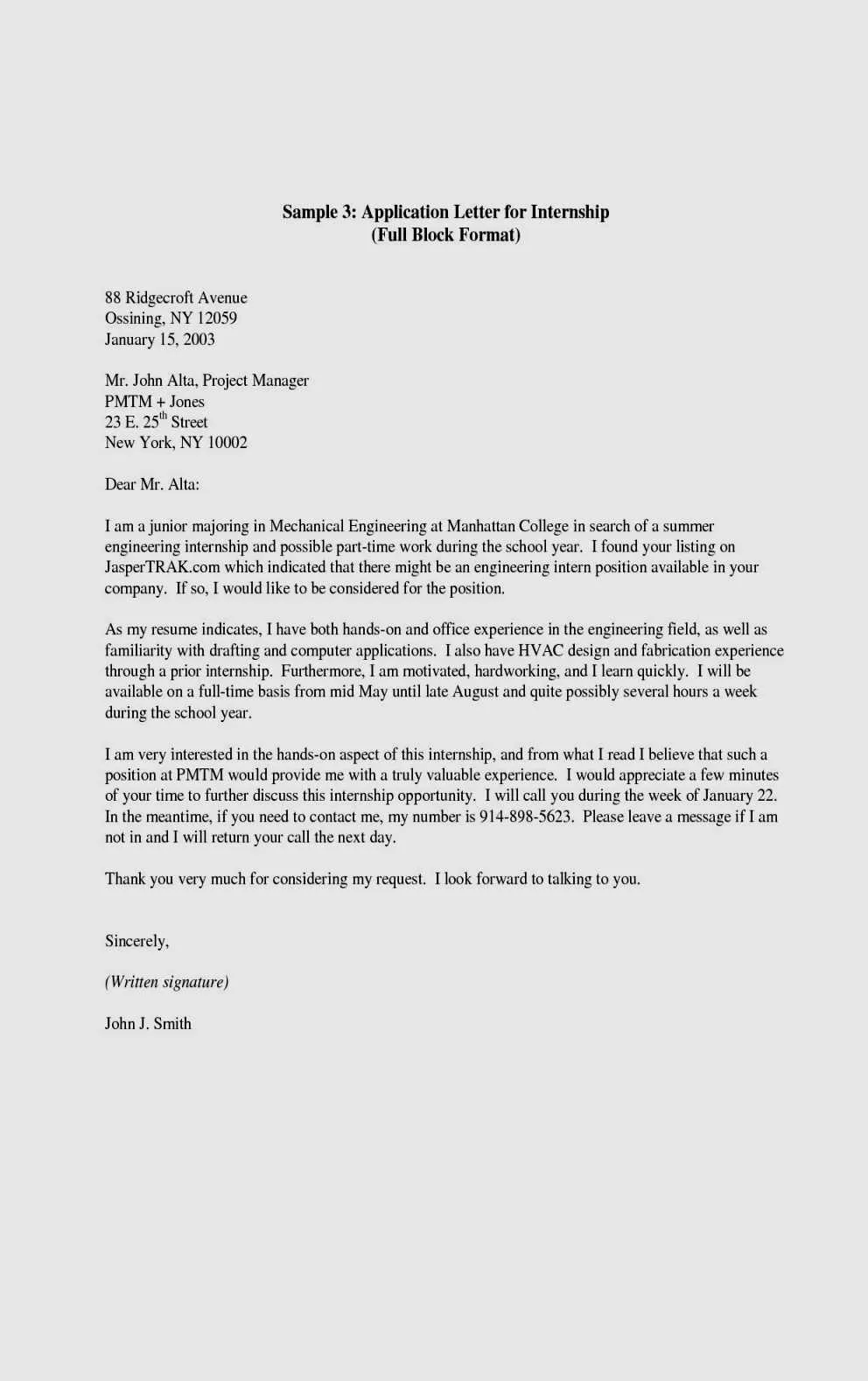
The primary purpose of a cover letter is to introduce yourself and express your interest in a specific job and company. It provides a platform to elaborate on your qualifications, connecting your skills and experiences with the requirements of the role. A well-crafted cover letter should demonstrate your understanding of the company’s mission, values, and culture, and articulate how you can contribute to its success. It should also provide additional context to your resume, filling in gaps or explaining unique experiences. The cover letter allows you to personalize your application and show that you’ve taken the time to research the company and understand the role. It’s your chance to create a compelling narrative that convinces the hiring manager to read your resume and consider you for an interview. It’s a critical tool for showcasing your enthusiasm and making a memorable first impression.
Cover Letter Structure and Formatting
A well-structured cover letter is crucial for clarity and impact. Begin with a professional heading that includes your contact information and the date. Then, address the hiring manager by name, if possible. If not, use a professional salutation like “Dear Hiring Manager.” The body of your cover letter should consist of three or four paragraphs. The opening paragraph should state the position you are applying for and where you found the job posting. The second and third paragraphs should highlight your qualifications and skills, providing specific examples of how your experience aligns with the job requirements. Showcasing your enthusiasm and explaining why you are a good fit for the company should be the next paragraph. Finally, close your cover letter with a call to action. Express your eagerness for an interview and thank the hiring manager for their time and consideration. Use a professional font and maintain consistent formatting throughout your cover letter.
Writing a Strong Opening Paragraph
The opening paragraph of your cover letter sets the tone and grabs the reader’s attention. It should immediately state the position you are applying for and where you found the job posting. This helps the hiring manager understand why you are writing. Briefly mention your key qualifications or skills that align with the job requirements. This immediately shows the reader that you are a good fit. Show your enthusiasm for the role and express your excitement about the opportunity. Avoid generic openings, such as “I am writing to apply for the position…” Instead, try a more engaging approach that highlights your genuine interest in the company and the role. Start strong and make your opening memorable. The aim of the opening paragraph is to make the hiring manager want to read more.
Highlighting Your Qualifications and Skills
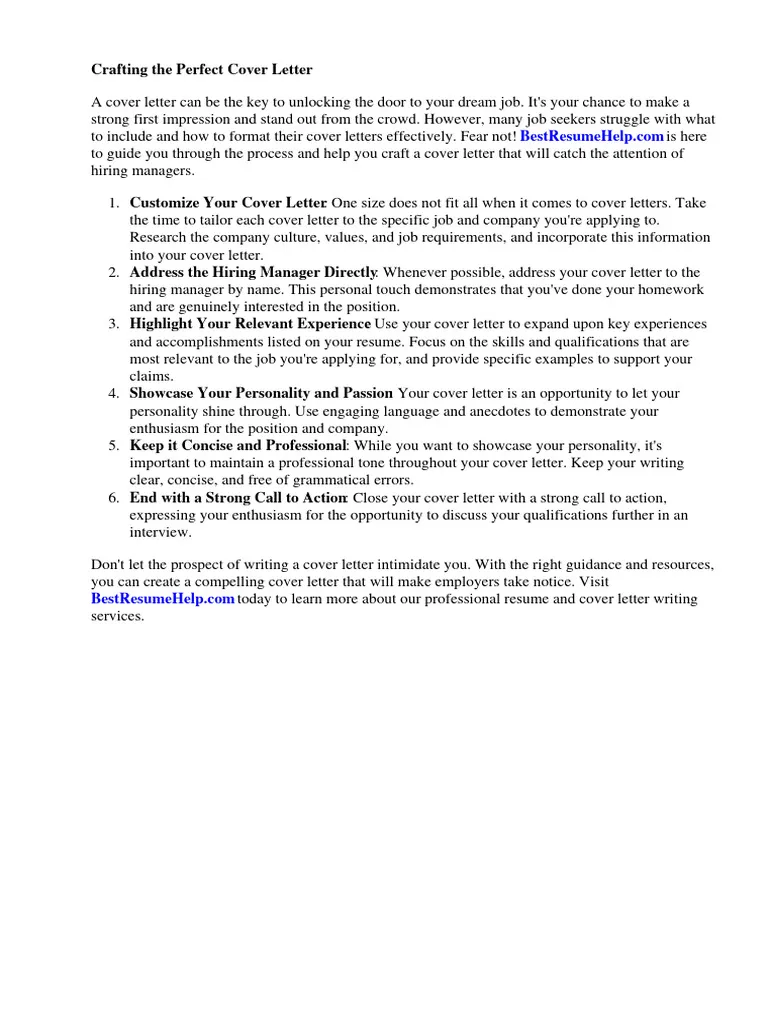
The main body of your cover letter is where you highlight your qualifications and skills, connecting them directly to the job requirements. Review the job description carefully and identify the key skills and experiences that the employer is seeking. Provide specific examples of how your previous roles and accomplishments demonstrate these skills. Use the STAR method (Situation, Task, Action, Result) to structure your examples. Describe the situation you faced, the task you undertook, the actions you took, and the results you achieved. Quantify your achievements whenever possible, using numbers and data to demonstrate the impact of your work. Tailor the content to each job. It shows that you have the required skills and the ability to achieve the results the company is looking for. Be specific. This gives your application more credibility.
Showcasing Your Enthusiasm and Interest
Demonstrating your enthusiasm and genuine interest is key to making a lasting impression. In your cover letter, express your excitement about the opportunity and the company. Explain why you are drawn to the role and why you believe you would be a great fit. Research the company and highlight something specific that resonates with you, such as their mission, values, or recent achievements. This shows that you have done your homework and are genuinely interested in joining their team. Show how you align with their company. Connect your skills and experiences to the company’s goals, demonstrating how you can contribute to their success. Your genuine interest and excitement can set you apart from other candidates and showcase your positive attitude. Enthusiasm makes you memorable and makes you the perfect fit.
Closing Your Cover Letter Effectively
The closing paragraph of your cover letter should leave a strong and positive final impression. Reiterate your interest in the position and express your enthusiasm for the opportunity to interview. Thank the hiring manager for their time and consideration. Include a call to action, such as, “I am eager to discuss my qualifications further in an interview,” or “I look forward to hearing from you soon.” Restate your contact information. A professional closing, such as “Sincerely,” or “Best regards,” should conclude your letter. Ensure your closing is concise, respectful, and professional. Avoid sounding overly casual or demanding. The goal is to leave the hiring manager with a positive feeling about you and your application. This is your chance to reinforce your interest and make it easy for them to move forward with your candidacy.
Tailoring Your Resume and Cover Letter for Each Job
Tailoring your resume and cover letter for each job application is crucial for demonstrating your suitability for the role. This process involves carefully reviewing the job description and identifying the key skills, experiences, and qualifications that the employer is seeking. Customize your resume by highlighting the experiences and skills most relevant to the specific job requirements. Adjust your resume summary or objective to match the job’s objectives. In your cover letter, address the hiring manager by name, if possible, and explain how your skills and experiences align with the job requirements. Use keywords from the job description in both your resume and cover letter, which helps the applicant tracking systems (ATS) identify your application. Make sure each application is unique. Tailoring showcases that you’ve taken the time to understand the role and are genuinely interested in the opportunity. It helps you stand out as a serious candidate.
Customizing Your Resume
Customizing your resume involves making targeted adjustments to ensure it reflects the requirements of each job application. Begin by reviewing the job description and identifying the key skills, experiences, and qualifications the employer is seeking. Prioritize the experiences and skills most relevant to the job, highlighting them in your work experience and skills sections. Adjust your resume summary or objective to align with the job’s requirements. Consider reordering your work experience to emphasize the roles and responsibilities most pertinent to the position. Use keywords from the job description throughout your resume. Customize your resume by adding relevant achievements, metrics, and accomplishments. These elements will make your resume a more compelling and relevant document. Customizing your resume is a time-consuming but important process to impress hiring managers.
Adapting Your Cover Letter
Adapting your cover letter involves personalizing it to the specific job and company. Begin by addressing the hiring manager by name, if possible. Research the company and the role, showing that you understand their mission, values, and goals. In the opening paragraph, clearly state the position you are applying for and where you found the job posting. Then, in the body of your cover letter, highlight the skills and experiences that directly align with the job requirements. Use specific examples from your work history to demonstrate your capabilities. Show your enthusiasm for the role and explain why you are a good fit for the company. Customize the content to demonstrate your understanding of the company’s needs and how you can contribute to their success. This is how you can show the hiring manager that you have researched the company. Use the cover letter to articulate your unique value proposition and make it clear why you are the best candidate.
Proofreading and Editing Your Documents
Proofreading and editing are essential steps in the resume and cover letter creation process. Even minor errors can create a negative impression and undermine your credibility. Begin by carefully reviewing your documents for grammatical errors, spelling mistakes, and typos. Use a grammar and spell-checking tool, such as Grammarly, to identify any potential errors. Read your documents aloud. Proofread your documents more than once. It helps you catch errors. Ensure consistency in formatting, including font styles, sizes, and spacing. Consider having someone else review your resume and cover letter for a fresh perspective. A second set of eyes can often catch mistakes you might have missed. A polished and error-free resume and cover letter demonstrate your attention to detail and professionalism. It will make you look more qualified for the role.
Common Resume and Cover Letter Mistakes to Avoid
Several common mistakes can undermine your resume and cover letter. One is using generic language that fails to highlight your specific achievements and skills. Ensure each one of your documents is unique. Another mistake is including irrelevant information. Only include experiences and skills directly related to the job requirements. A cluttered or poorly formatted resume is a mistake, which makes it difficult to read and understand. Errors in grammar, spelling, and typos can damage your credibility. Failing to tailor your documents to each job is a missed opportunity. Avoid using a negative tone or focusing on what you can’t do. Make sure you avoid overusing jargon or acronyms. Make sure to tailor your information to each job application, and present your qualifications in a positive and compelling manner. Avoiding these mistakes will significantly improve your chances of success.
Ensuring a Polished and Professional Look
A polished and professional look is essential for making a positive impression. Use a clean, easy-to-read font and maintain consistent formatting throughout your resume and cover letter. Use clear headings and subheadings to organize your information logically. Whitespace is your friend; avoid overcrowding the page. Proofread your documents carefully to eliminate errors. Use high-quality paper if you are printing your resume and cover letter. Make sure your resume is easy to read. Be consistent with your formatting to look professional. A well-presented document demonstrates your attention to detail. It shows that you care about the quality of your work. When you make sure your document looks professional, you improve your chances.
Leveraging Online Resources and Tools
Several online resources and tools can assist you in creating a strong resume and cover letter. Utilize online resume templates and examples for inspiration. Many websites provide free or paid templates that can help you get started. Use online grammar and spell-check tools to eliminate errors. Grammarly and other tools offer valuable assistance in ensuring your documents are polished. Websites also can help you get feedback on your resume and cover letter from career counselors. Seek advice from career experts. Take advantage of LinkedIn. It provides resources, career advice, and examples of successful resumes and cover letters. By leveraging these resources, you can create compelling documents. They will make you more competitive in your job search. Many tools also can help you create a better first impression.
